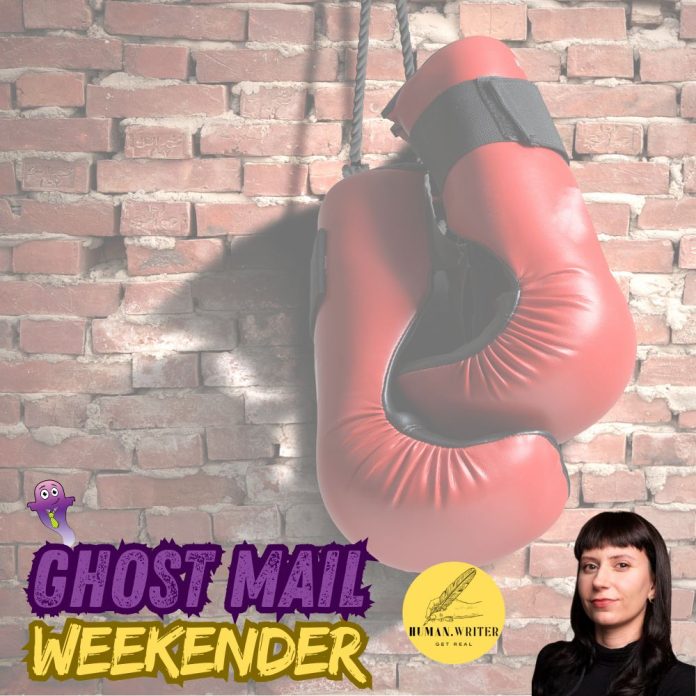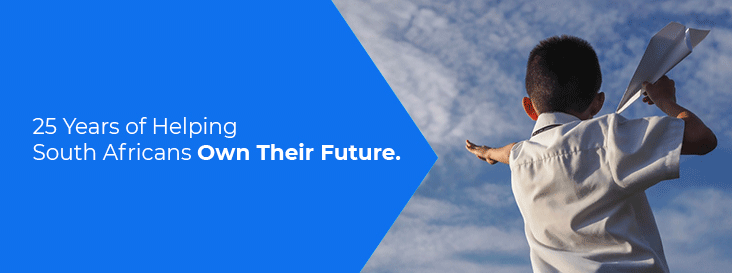Whether the medium is sport, politics, or pop culture, one thing is for sure: human beings gravitate towards conflict. Brands know this, and that’s why, every so often, they take off their gloves and enter the ring.
On the surface, advertising is about selling products. A clever slogan here, a striking image there, and (if the marketers are lucky) a jingle that worms its way into public memory. But occasionally, advertising transcends the transaction. It becomes theatre. And the most reliable script is not a brand talking about itself, but a brand squaring up against an adversary. Rivalries, after all, are irresistible.
A month after American Eagle released its Sydney Sweeney campaign, the fashion world was still buzzing. The spot was, at first glance, simple: Sweeney, dressed in jeans, recites something that sounds like a biology lesson. “Genes are passed down from parents to offspring, often determining traits like hair colour, personality and even eye colour. My genes are blue.” A pause. Then a voiceover: “Sydney Sweeney has great jeans”.
Cute wordplay, yes – genes/jeans – but wordplay with unintended echoes. Social media critics pointed out that the line blurred the distinction between jeans and genes in unsettling ways. Instead of focusing on denim, it seemed to allude to inherited traits, sparking conversations about eugenics and racial undertones. Was the ad talking about Sweeney’s jeans – or her genes?
The backlash was swift. Some defended the ad as harmless punning, while others condemned it as tone-deaf, particularly in the context of the current political climate in the US (read: a little bit testy). Either way, American Eagle had done what most marketers only dream of – they had people talking about jeans in a cultural moment dominated by anything but fashion.
But just as the dust began to settle, Gap stepped forward.
Their “Better in Denim” campaign debuted with a markedly different tone. Gone were genetic metaphors. Instead, Gap enlisted KATSEYE, a global girl group with members from South Korea, the Philippines, Switzerland, and the United States. The ad featured the group and a diverse clique of backup dancers moving exuberantly to Kelis’s Milkshake. The chorus landed like a pointed jab: “Damn right, it’s better than yours”.
Where American Eagle flirted with controversy, Gap opted for diversity and TikTok-ready spectacle. The effect was less apology than counterpunch. In the war for denim supremacy, Gap had officially thrown its hat back into the ring.
And nobody was talking about competitors like Levi’s. Interesting.
Why do rivalries work?
Rivalry isn’t just competition. It’s narrative. And humans are wired for stories.
Think about the way Samsung takes aim at Apple or how Burger King constantly needles McDonald’s. To consumers, these moments feel like episodes in an ongoing saga, complete with familiar characters locked in a struggle for dominance. Psychologists even have a term for this phenomenon: the “rivalry reference effect”. By referencing a well-known competitor, a brand taps into a narrative that audiences already recognise, which makes the message land with greater force and resonance.
What’s fascinating is that research suggests negative messaging in these rivalries doesn’t carry the same risks that it might in other contexts. If a brand were to attack a company outside of its established rivalries (for example, if Burger King took aim at a small-town burger shop), the tactic could easily come across as petty or mean-spirited. But when the barbs are aimed at a recognised nemesis, loyal customers don’t just tolerate it – they relish it. They see it as playful, part of the game, and often take pride in their chosen brand’s boldness. Rivalry gives fans bragging rights, and it turns sarcasm into sport.
The magic of brand rivalries is that they operate in a space where drama is not only accepted but anticipated, where teasing feels like tradition rather than hostility. In this zone, advertising begins to look a lot like entertainment. And when brands go to war, consumers don’t just sit back as passive spectators – they jump in, share the content, and become part of the story themselves.
A distinctly German rumble
Few industries embody rivalry better than automobiles. In 2009, a billboard war erupted in California between Audi and BMW. Audi struck first, plastering a billboard with the tagline: “Your move, BMW”.
BMW’s countermove was swift and cheeky. They put a bigger billboard right beside Audi’s, showing a 3 Series with the single word “Checkmate”. Audi retaliated with an even larger billboard of its R8 supercar, captioned: “Your pawn is no match for our king”.
Then BMW escalated again. They paid for a blimp featuring the BMW V8-powered Sauber F1 car and a “Game Over” text to hover over the billboards (if this had been in Cape Town, they no doubt would have enlisted the Mavericks plane). Fortunately sense kicked in (or marketing funds dried up) at that point, and a temporary truce was called.
But the rivalry didn’t stop at America’s coasts. Two decades earlier in South Africa, Mercedes and BMW locked horns in a battle that became national lore.
In 1990, Mercedes-Benz aired an ad dramatising the true story of Christopher White, who survived a 100-metre plunge off Chapman’s Peak thanks, he said, to two things: his seatbelt and his Mercedes. The commercial recreated White’s accident, ending with “Engineered like no other car in the world”. For Mercedes, it was a triumph of storytelling and engineering pride.
BMW’s reply was nothing short of audacious. On the very same stretch of Chapman’s Peak, they shot their own ad. This time, the BMW driver approached the bend confidently, took it without incident, and drove smoothly on. The closing line landed like a punch: “Doesn’t it make sense to drive a luxury sedan that beats the bends?” The pun – Benz versus bends – was impossible to miss, and impossible to forget.
The campaign sparked debates, legal challenges, and widespread public fascination. The BMW ad was quickly pulled from circulation (it was cleverly aired for the first time on a Friday afternoon, which meant that it played all the way through the weekend before regulators reached their desks on Monday morning), but by then the cheeky ad had already done its work. It had captured national attention, stirred emotion, and achieved what every marketer dreams of: becoming a cultural talking point far beyond the confines of a 30-second spot.
Nandos: always spoiling for a fight
The year is 2012. Oscar-winning actor Ben Kingsley is centre stage as the camera zooms in. Dressed in a sharp suit and standing at a bar, he sets up a scenario: you’ve read your insurance contract carefully, line by line. But then he poses a question – could you have missed something important? He points out that during the one-minute ad, the barman’s outfit has changed four times without you noticing. It’s a clever reveal, part of Santam’s “Real McCoy” campaign, designed to highlight how easy it is to overlook the fine print.
But Nando’s wasn’t about to let Santam have the limelight. Known for two decades of parody and satire, the fast-food chain couldn’t resist spoofing Santam’s concept. Their version of the ad mirrored the tone and setup, except this time the background gag was the constant switching of Nando’s meals on the bar counter.
The real surprise came not from Nando’s, but from Santam. Instead of bristling at the parody – as most insurance companies would – Santam actually leaned into the joke. King James, the agency behind Santam’s ads, quickly produced a witty sequel titled “Back at ya.” In it, “Kingsley” responds to Nando’s by saying Santam was flattered to be “cribbed,” but they would only forgive the indiscretion if Nando’s met a rather unusual list of demands. Among them: 62 lemon and herb half chickens with chips and coleslaw, all to be delivered to the Johannesburg Children’s Home by a certain date.
This kind of playful back-and-forth is almost unheard of in South African advertising. Comparative ads are technically illegal, and companies often race to the Advertising Standards Authority if they feel even vaguely mentioned. But because Nando’s and Santam aren’t competitors, the spoof was received as a compliment rather than a threat. The result was a rare win-win. Both brands gained attention, and the Johannesburg Children’s Home walked away with not only the delivery Santam demanded, but also Nando’s promise of free monthly meals for each child for a year.
Taking the fight to them
Rivalry transforms advertising into drama. The characters are familiar – Coke and Pepsi, Mercedes and BMW, McDonald’s and Burger King – and the stakes are never really life or death. Yet we invest in them, because rivalry speaks to something primal. It’s the same instinct that makes us choose sports teams or political parties. It gives us sides to pick, victories to celebrate, and defeats to mock.
For brands, rivalry is risky. Done poorly, it looks mean-spirited. Done well, it’s unforgettable. What matters most is the authenticity of the contest. Consumers can sniff out manufactured drama, but when rivals with genuine history spar, the sparks feel real.
Which brings us back to denim. American Eagle and Gap may never achieve the mythical status of Coke versus Pepsi, but their clash reveals how the playbook still works. American Eagle stumbled into controversy, provoking conversation but also confusion. Gap answered with a global pop act, diversity, and a knowing soundtrack. Both brands gained attention in the process. Both reinserted themselves into a cultural conversation. And in an industry where relevance is as valuable as revenue, that may be victory enough.
Because again, nobody seems to be talking about Levi’s…
About the author: Dominique Olivier

Dominique Olivier is the founder of human.writer, where she uses her love of storytelling and ideation to help brands solve problems.
She is a weekly columnist in Ghost Mail and collaborates with The Finance Ghost on Ghost Mail Weekender, a Sunday publication designed to help you be more interesting. She now also writes a regular column for Daily Maverick.
Dominique can be reached on LinkedIn here.





didn’t land rover post an ad where their car using a winch pulled itself up again
Hi Ian – what a memory you have! You’re correct, Land Rover (although not a direct competitor of Mercedes) did take their turn with that ad as well.